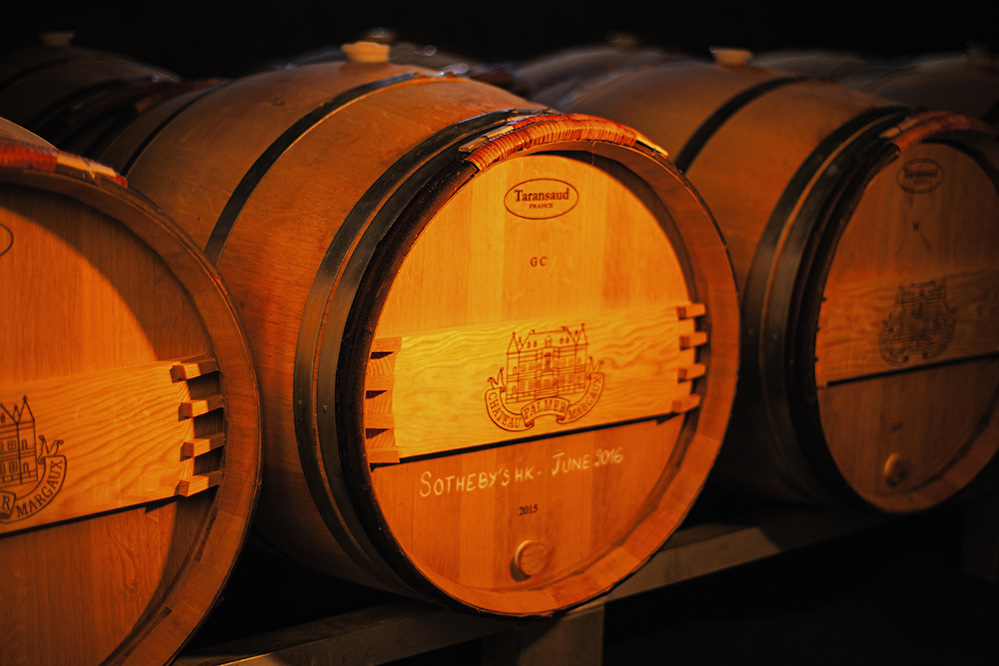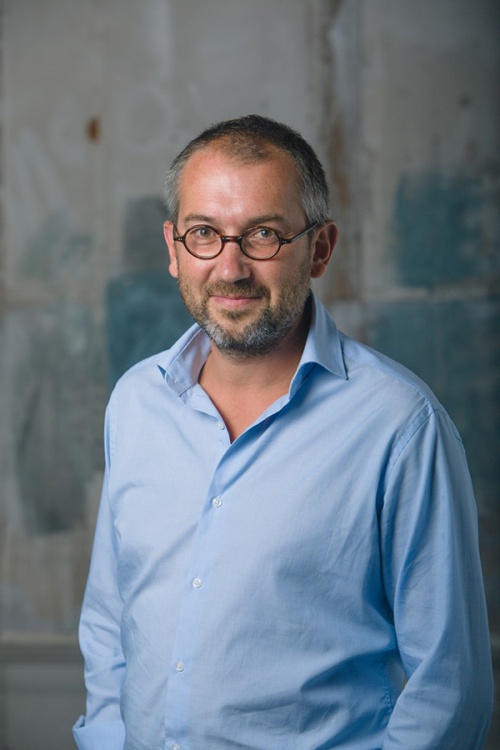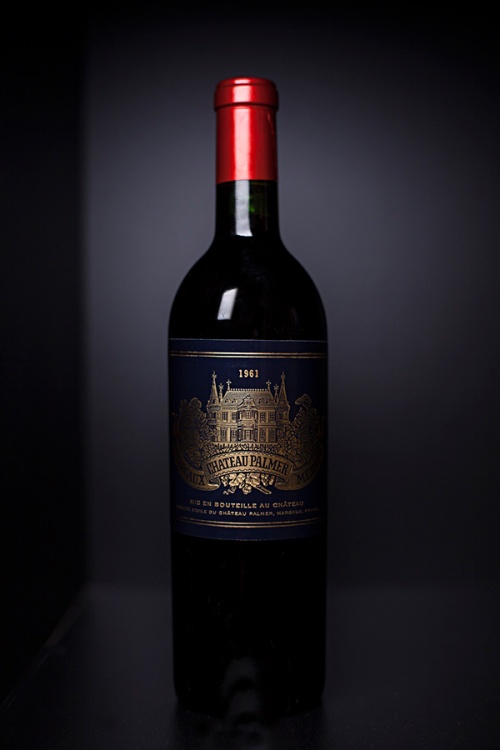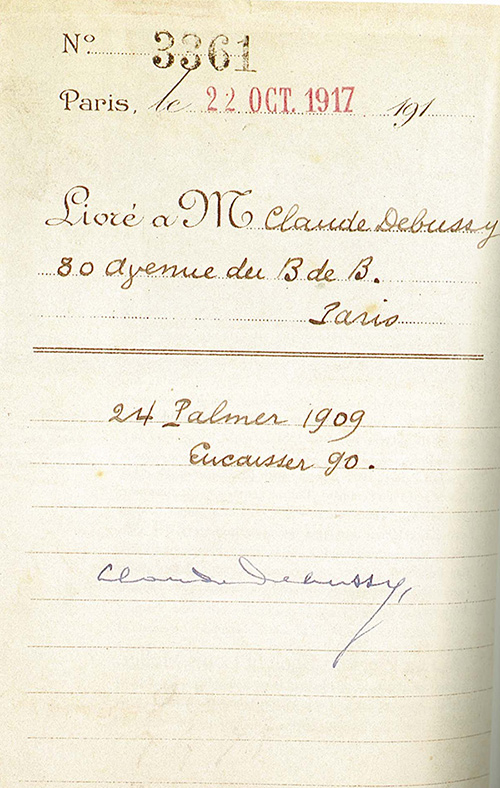Château Palmer CEO Thomas Duroux on Bordeaux and Buying the Barrel
Jun 02, 2016

Ahead of the June 4 Sotheby’s Hong Kong sale, Château Palmer Direct from the Château and the Cellars of Maison Mähler-Besse & Franck Mähler-Besse, the first-ever wine auction entirely dedicated to this historic estate, #legend spoke with château CEO Thomas Duroux, about highlights of the sale –comprising more than 220 lots spanning 87 years (1928-2015) – and the vinous life.
This is novel. A Sotheby’s auction entirely dedicated to 202-year-old Château Palmer. Why now?
Well, first, I’ve had a long-term relationship with Serena Sutcliffe [Honorary Chairman, Sotheby’s Wine] at Sotheby’s, so that all makes perfect sense as a decision. The second point would be the incredible history of the cellars at the château, which I thought one day would be extraordinary for Palmer aficionados to experience. I’ve had the idea for a long time, almost a decade, but then, two years ago, I thought it was the right time.
And you’re selling a 225-litre en primeur barrel, also a novelty at auction?
That came from a discussion between the Palmer team. It’s new, but it’s not. Remember, it was common for a château to sell wines in barrels, to places such as Berry Bros. & Rudd in London, for example. But this is another way to say we have a long history and let’s show that.
Why should I ‘buy the barrel’?
There are two main reasons to show an interest I think. One is that it’s 225 litres and you can have it bottled in different formats – a single lot of bottles, magnums, double magnums, Methuselah – even through a wine merchant it would be hard to have that many different formats.
Second, we will for the first time personalise the labels on the bottles for those who buy it – that could be interesting for the younger generation. It’s also the equivalent of 300 bottles of finest wine which are unique. If you have a child born in 2015, what a great christening present. Plus, 2015 is one of the best vintages of this century so far.

Palmer is a biodynamic vineyard of which there aren’t many in Bordeaux.
Yes. We started this programme after 2008. Since October 2013, we are entirely biodynamic. At this point, 100 per cent of our vineyard is bio-dynamically farmed, so 2015, is the second vintage to have been bio-dynamically farmed.
Is it more difficult to do this in Bordeaux than in Burgundy. First, our scale is different; vineyards in Bordeaux are much larger than in Burgundy, so you have to be very organised to run that size bio-dynamically. There are a lot of estates here experimenting with organic farming or biodynamic farming. And I think we’ll see more and more estates going that way. It’s just the trend. We had the opportunity to do it quicker than others and because I was able to convince the owners that this was the way to go. Now more and more of my Bordelais colleagues are considering it. But you know, even once you convert one crop of vines, it still takes three years to have full biodynamic certification.
You are something of a disruptor. And you’re also half-Italian and the youngest CEO of a château in Bordeaux; you are legend.
[Laughter] It’s a question of … the owners were crazy enough at the time, or, I was crazy enough to say ‘yes’ because I was not experienced enough, but we found ourselves on the same page and we had a double intuition that we could write a piece of history of this place together and now it’s been 12 years and nobody has complained.

And secretly, you must be glowing inside given the increasing stature of Italian wine.
Of course! Half of my blood is Italian. Italy is an incredible country of diversity and its wines are very diverse. World-class wine was made in Italy. I am a strange beast in this way.
The Chinese and Bordeaux – what effect is that having on the region?
I think it’s just another step in a very long Bordeaux history. Foreigners have always contributed to the Bordeaux development. And in the 1700s, the Dutch came, and then the English and then the Irish, the Japanese later on, the Americans, so why not the Chinese. I think we share a lot of things with the Chinese, a long history. I like their sense of history. It’s good for Bordeaux, and it’s a natural part of different eras and evolutions. What impresses me most with Chinese wine lovers is that they really want to know more and they learn incredibly fast. It’s not just fashion. It’s deeper.
You’re selling a 1928. How will it taste?
First of all, ‘28 was an exceptional vintage in Bordeaux. Wines from this vintage were so concentrated and so powerful that they would take 30-plus years to ‘open’ themselves. I tasted a ‘28 six months ago and I consider it to be one of the absolute references of the estate. The difference is the complexity of aromas between a ‘28 and a 2005, you’ve got this long bottle ageing process, it’s hard to express the depth and soul of the wine, and the other thing is the feeling in terms of tannin and structure. The tannins are now incredibly delicate and precise. That’s because of the long process in the bottle. A bottle of Château Palmer ‘28 could of course be a disaster had it not been kept in perfect condition. But, they’ve all been kept at the château. That’s the magic of the Sotheby’s sale. We know the provenance of everything as it’s from the château.
If you could choose only one year from Château Palmer which would it be and why?
If I had to choose one bottle, one lot, in the entire sale, I would buy the 1961 double magnum, because this is a genuine vintage like a ‘28 or ‘45, but a double magnum from 1961 is impossible to find. We have three at the château and we decided to put one in this auction. To the best of our knowledge, there are only three in the world. I’ve seen magnums of the ‘61, but never double magnums.

If you had to describe Château Palmer in three words or ideas?
Palmer is my best-kept secret.
Do you have famous clients you’d be gracious enough to share with us?
I can’t mention any living clients, but Château Palmer was the favourite wine of composer Claude Debussy. But now our taste is a little more jazz than classical perhaps. Having said that, someone like Keith Jarrett would mention Debussy as a source of inspiration I’m sure. I have Claude Debussy’s invoice somewhere. I’ll send it to you.

What is the greatest challenge ahead?
First, to keep driving the biodynamic approach. And to keep and be sensitive to the different facets between the earth, vegetables, animals, and to unite a global vision that is economic, social and agricultural. This is not just a wine factory. We are at the beginning of this process, and it’s something that harks back to the times before the Second World War. That’s a big challenge. The other is to see what will happen with global warming. We don’t really know what will happen. The climate may be cooler in winter and warmer in summer. It may change the style of the wine. We can just try to see, but it’s hard to prevent.



























